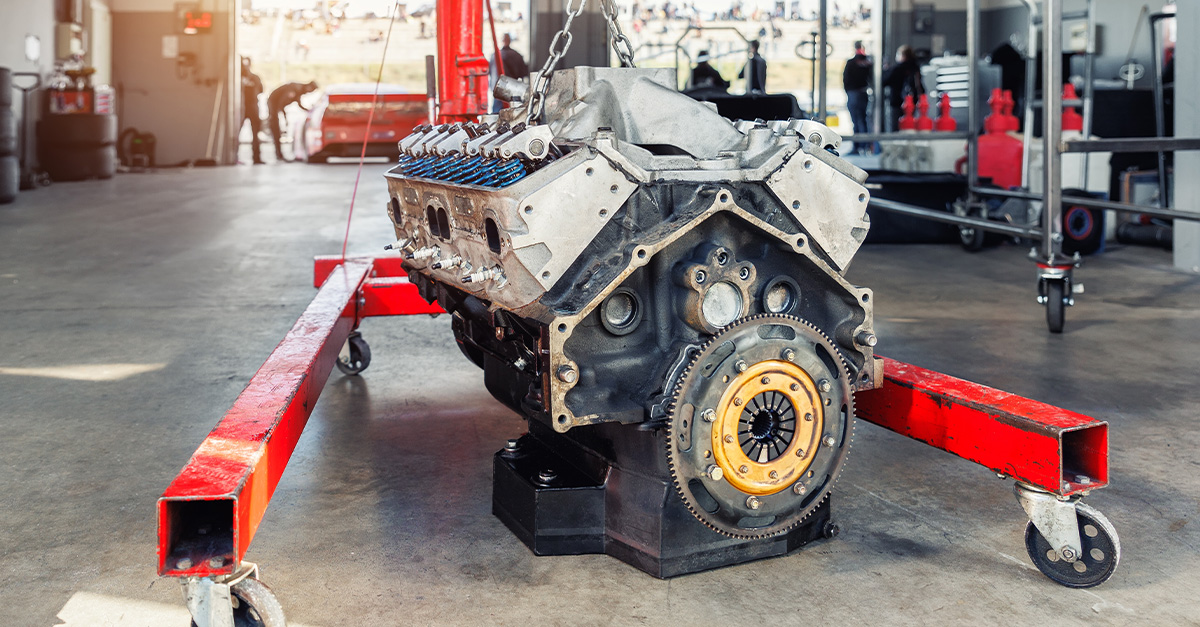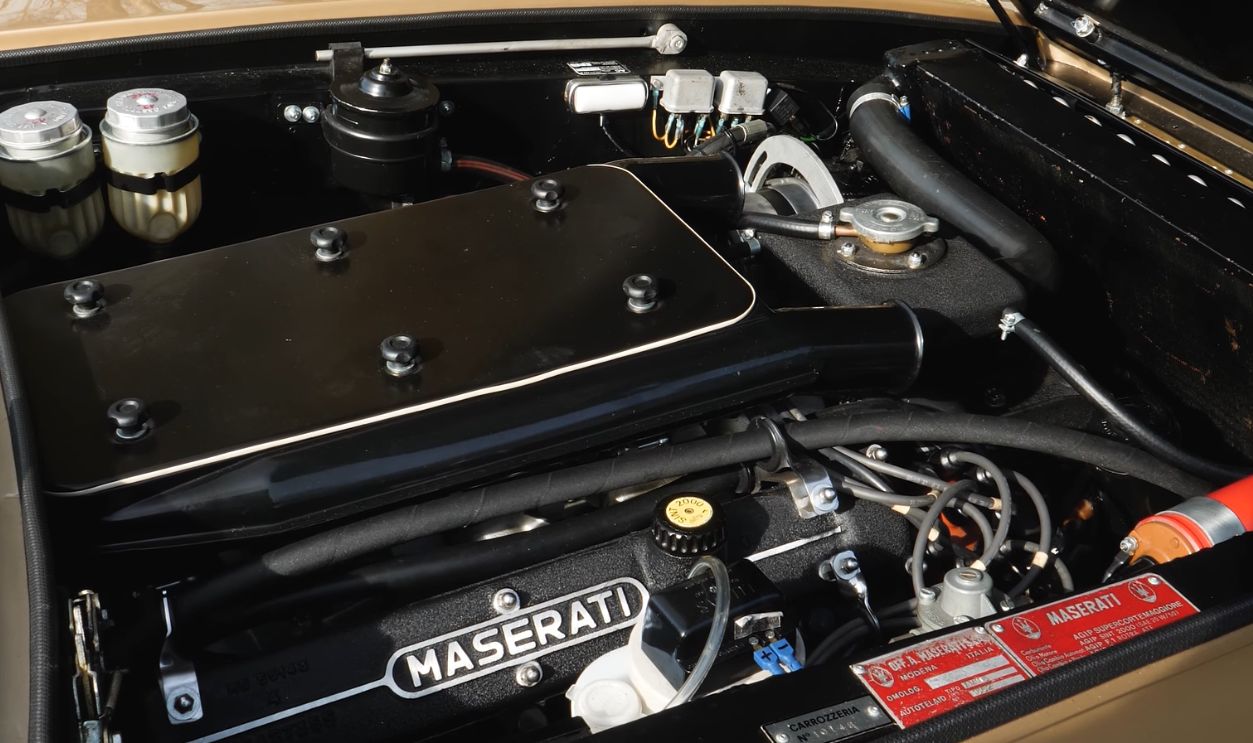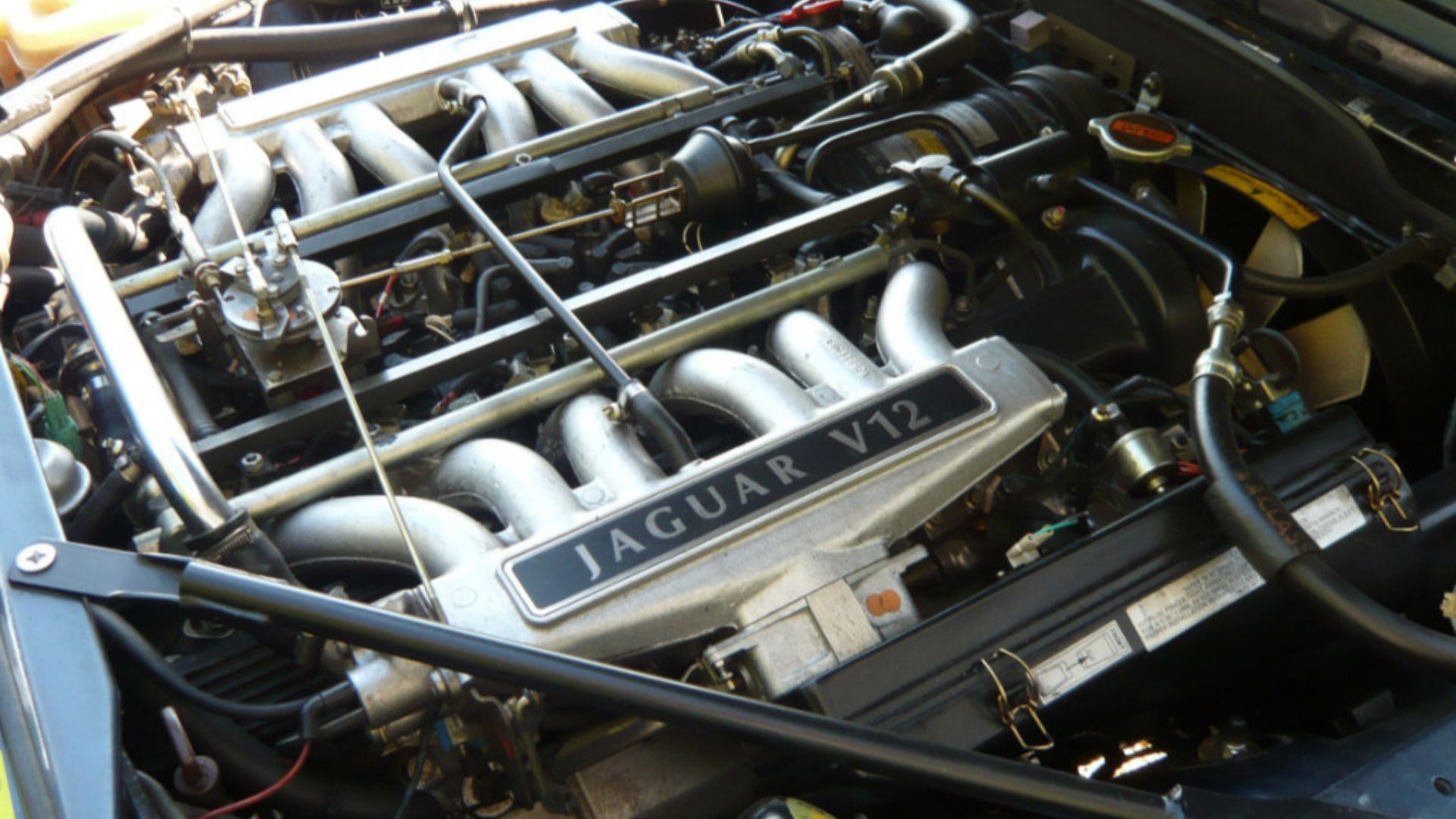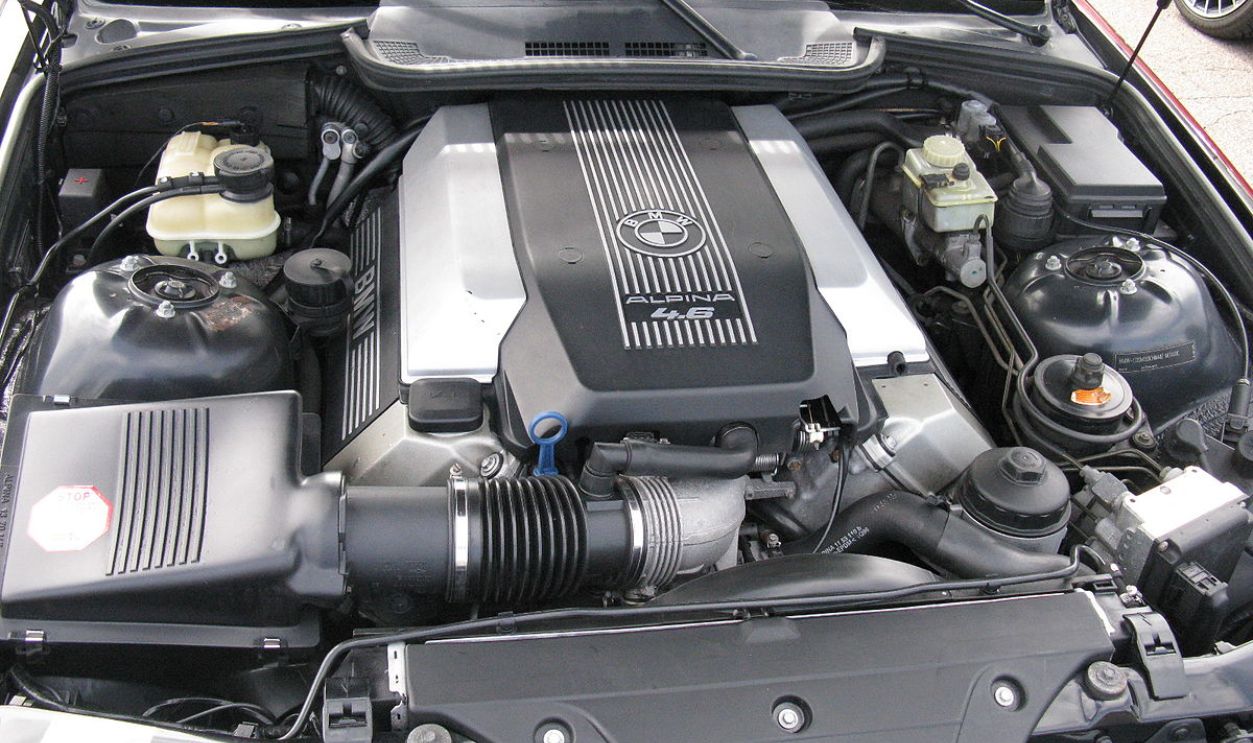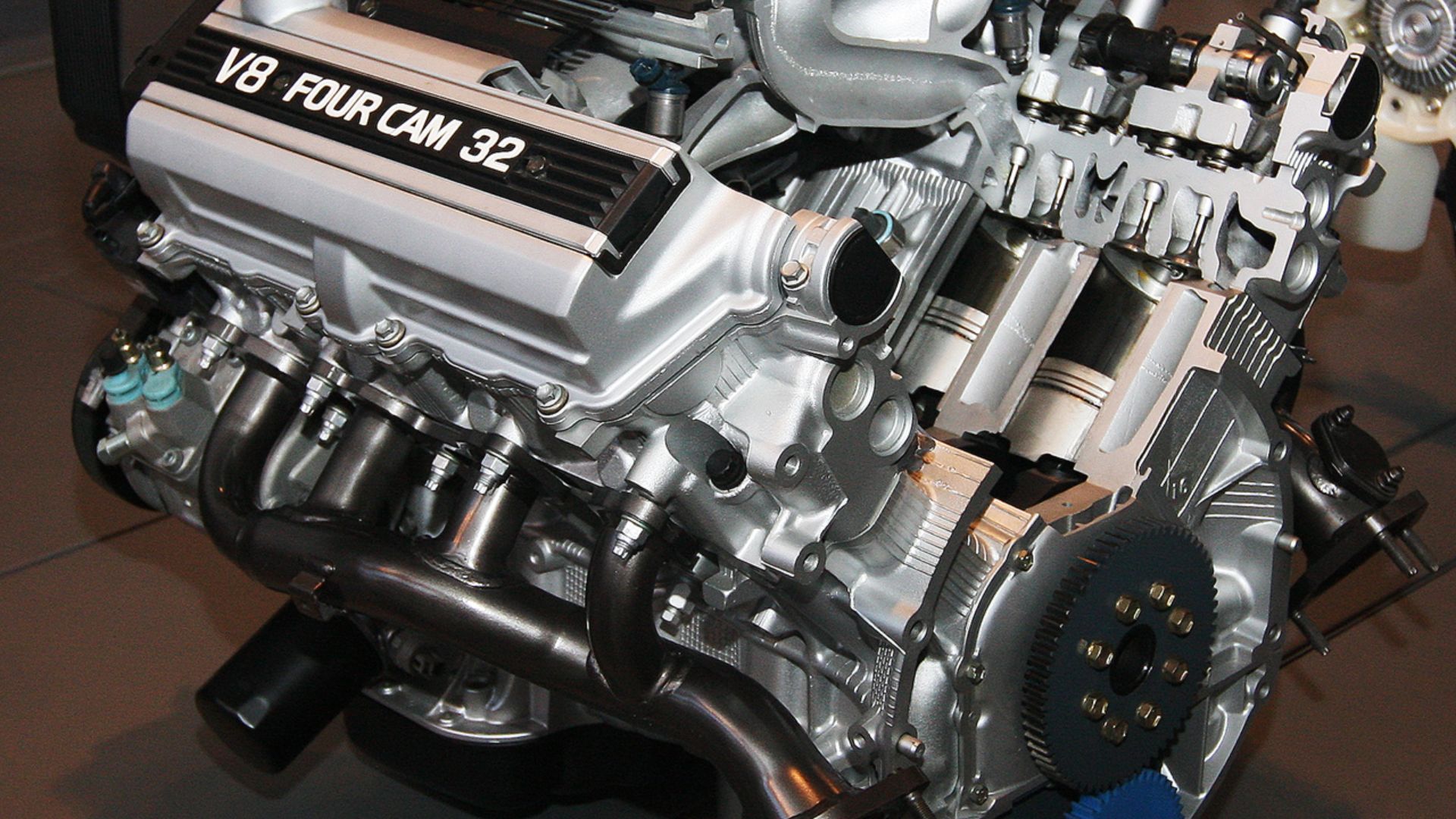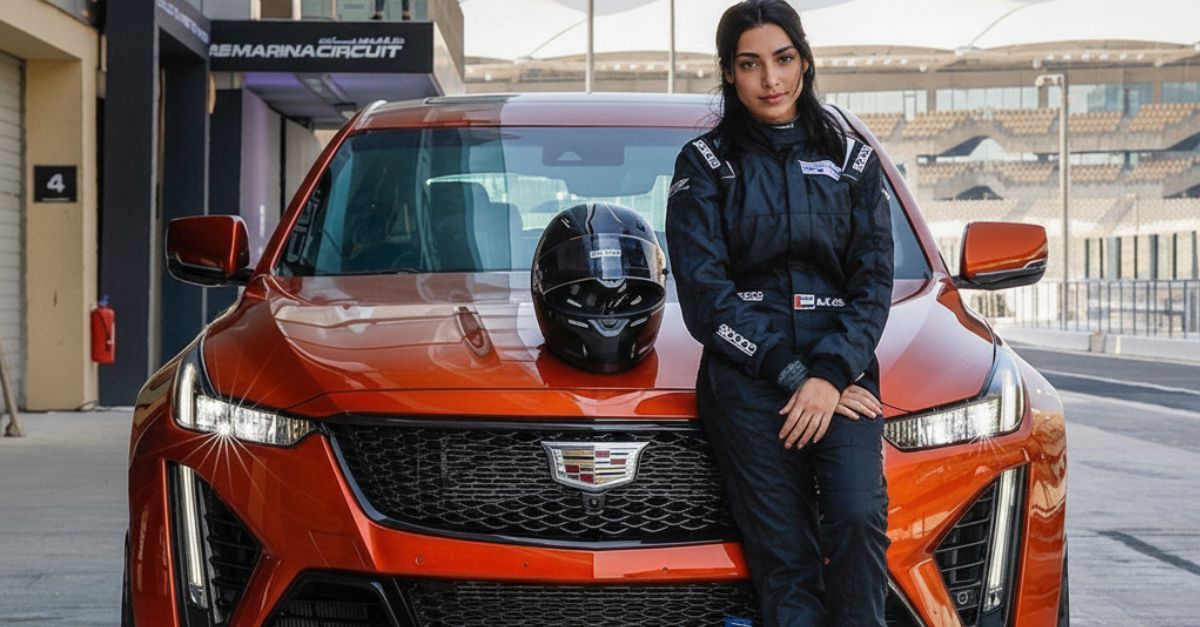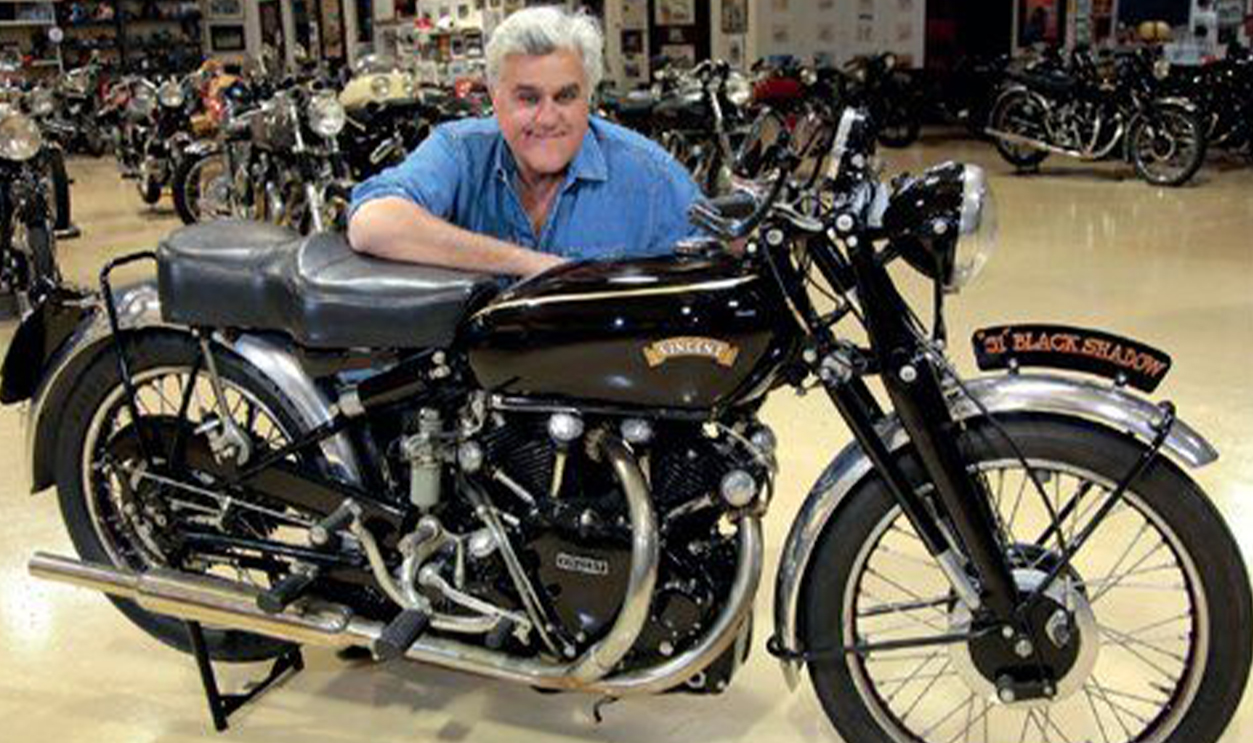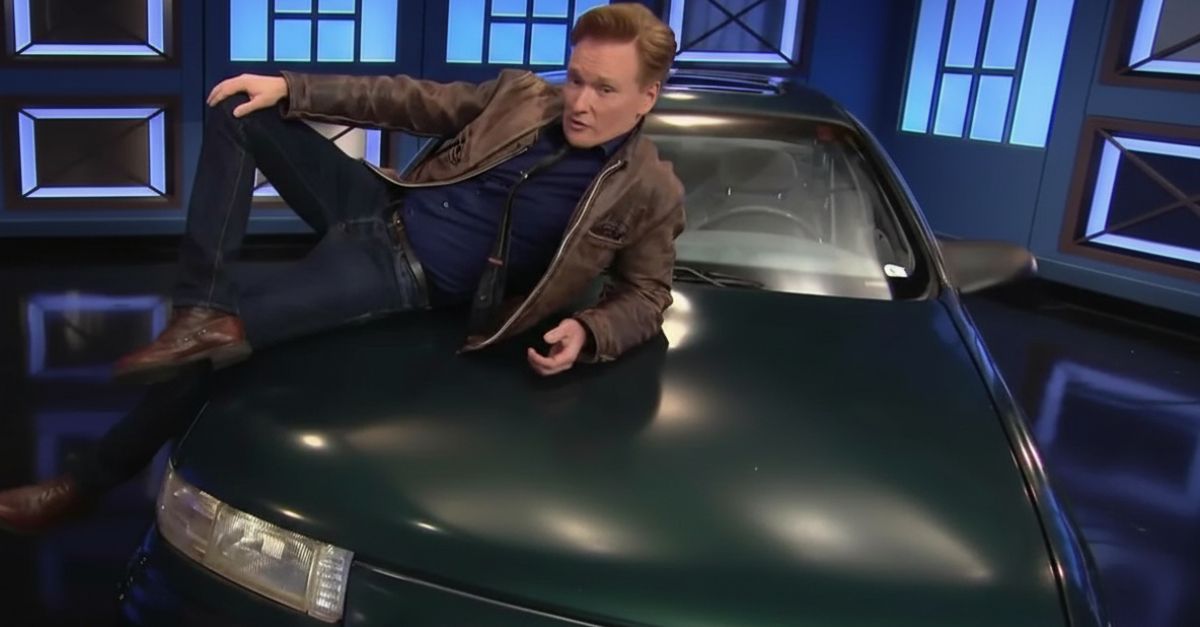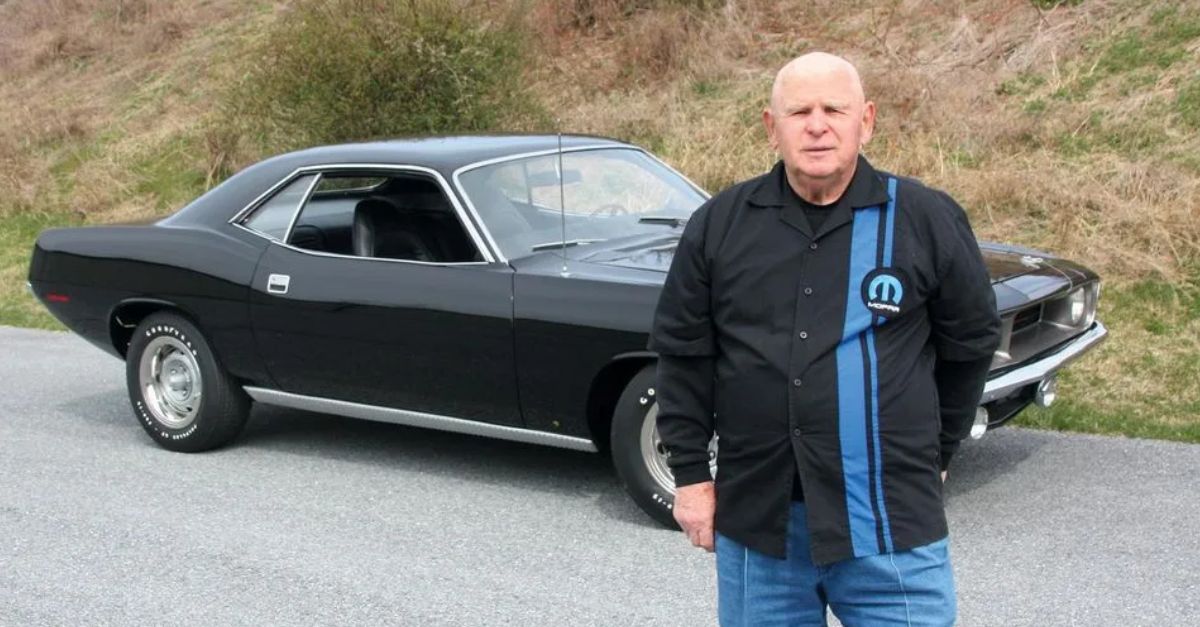These V8 Engines Changed The Game Under The Hood
Classic cars and V8 engines go together like leather jackets and grease-stained knuckles. Since the early days of hot-rodding, the V8 has been the heartbeat of American muscle and European grand tourers alike. From pioneering flatheads to high-revving race-bred screamers, these engines didn’t just power cars—they defined eras. Let’s fire up the ignition and look at the 20 most legendary V8 engines in the history of classic cars.
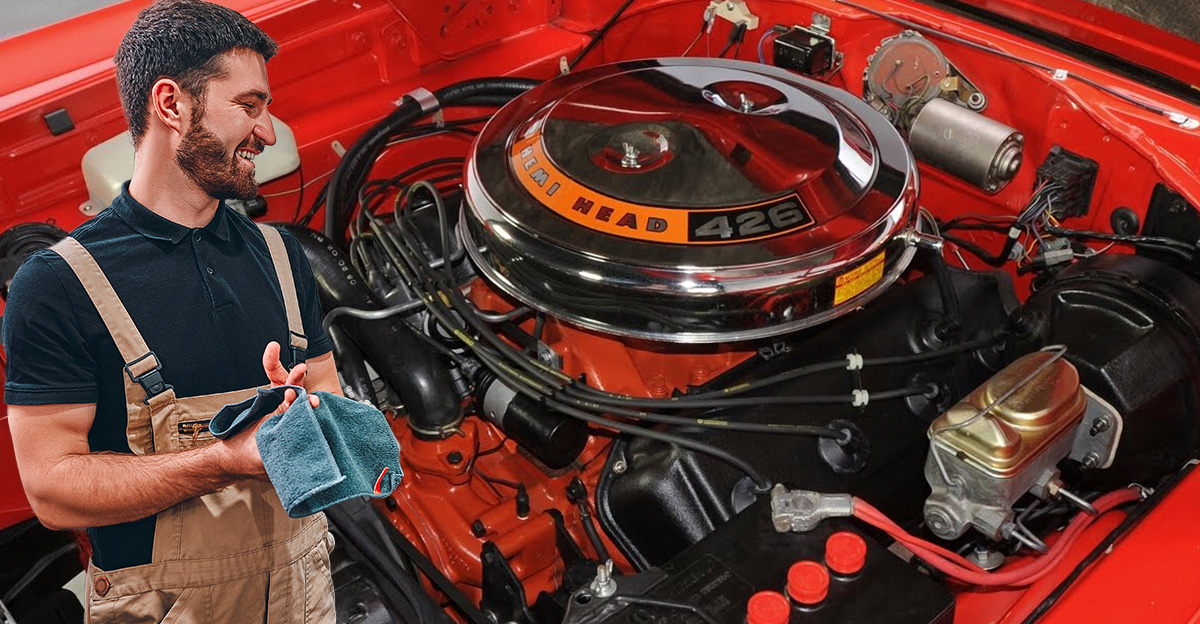
Ford Flathead V8
The first mass-produced V8 engine, designed by Henry Ford’s engineers in 1932, changed automotive history forever. Affordable, compact, and tunable, it became the backbone of hot-rodding culture. From Deuce Coupes to early Fords, it was the V8 that democratized performance.
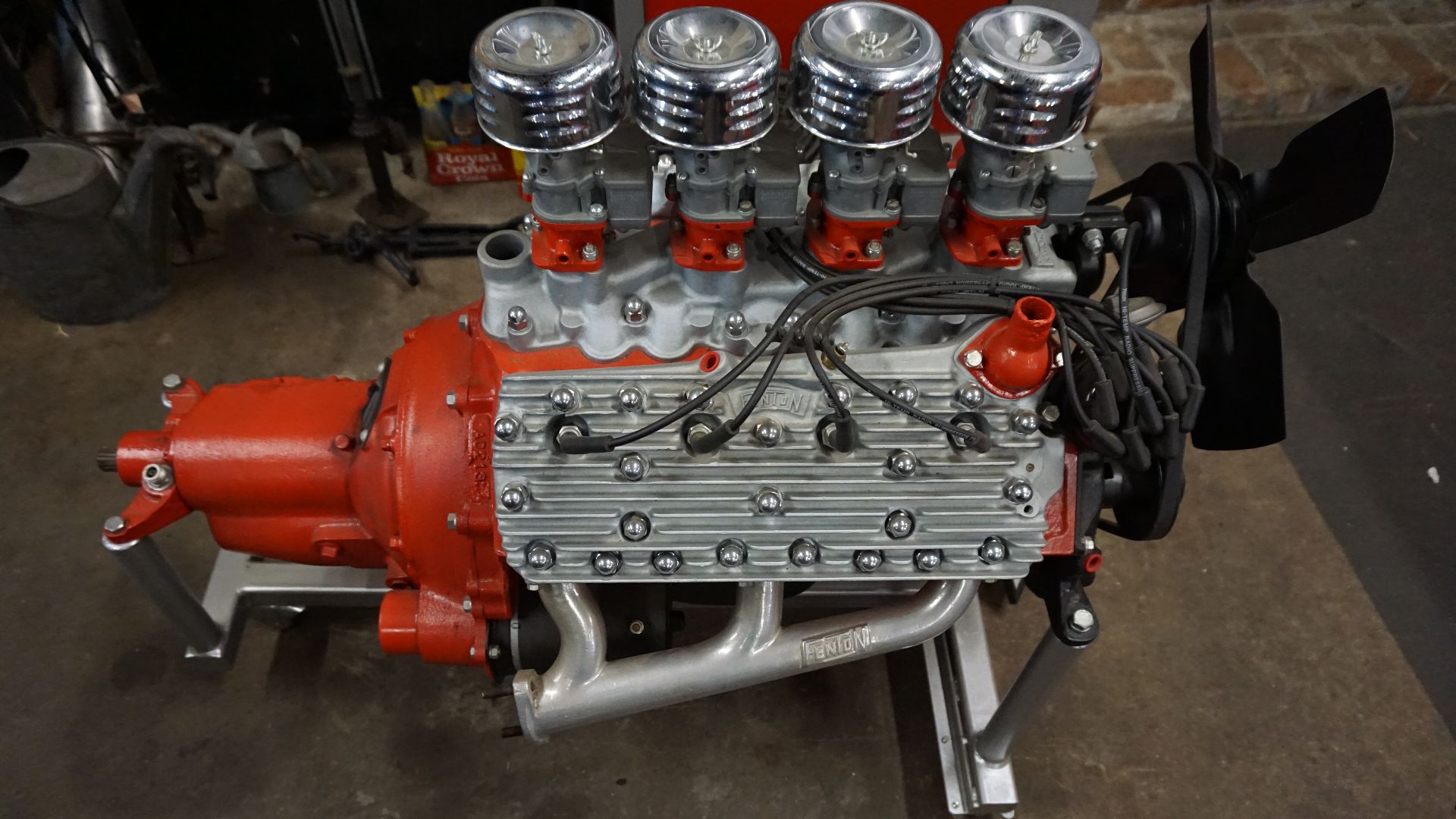 Michael Barera, Wikimedia Commons
Michael Barera, Wikimedia Commons
Cadillac OHV V8 (1949)
Engineered under Ed Cole, Cadillac’s 331-cubic-inch overhead-valve V8 was a technical revelation. It replaced flathead tech with a lightweight, high-compression design that paved the way for modern performance V8s. This engine set the standard for GM’s powerhouse reputation.
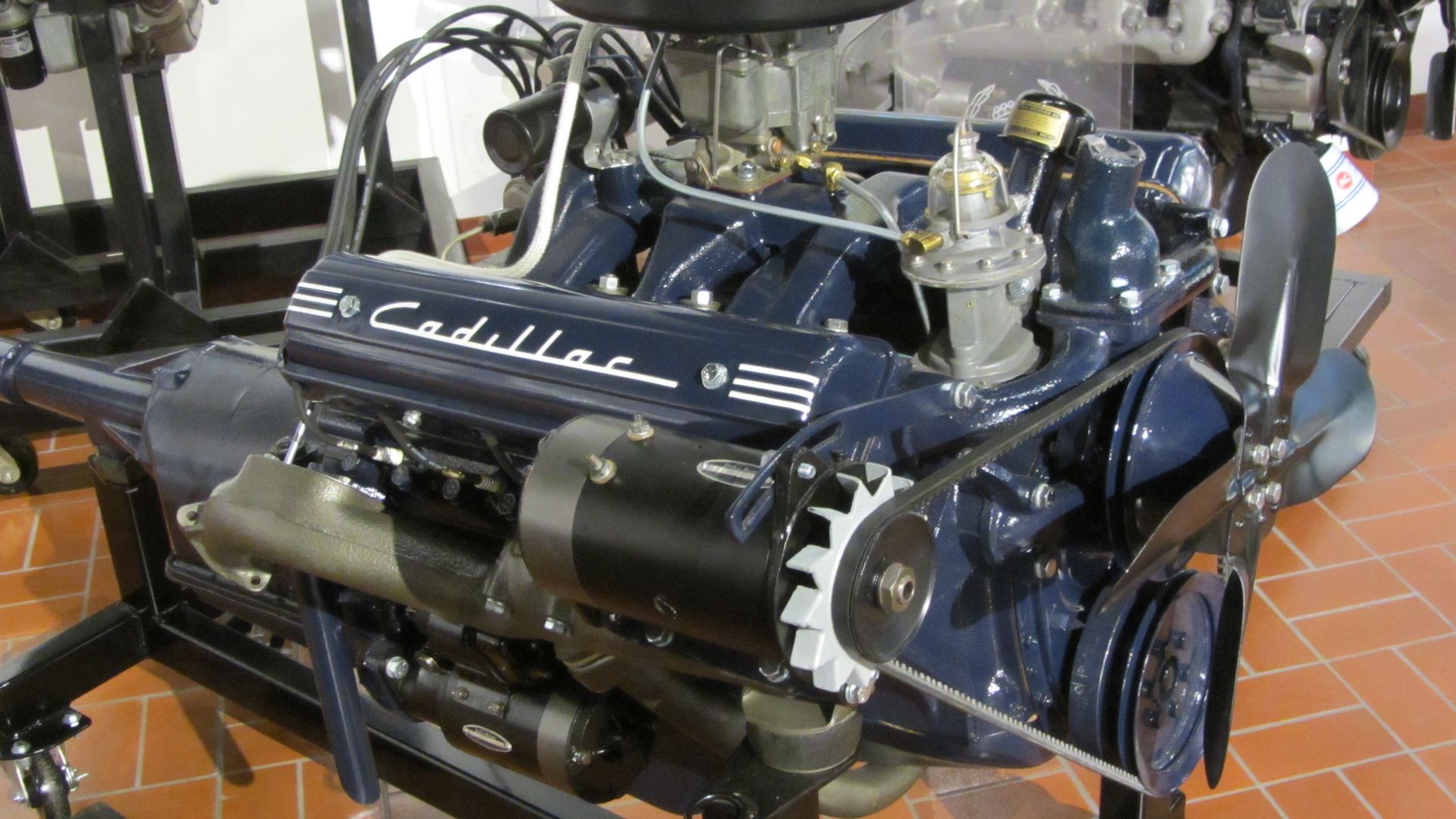 JOHN LLOYD from Concrete, Washington, United States, Wikimedia Commons
JOHN LLOYD from Concrete, Washington, United States, Wikimedia Commons
Chrysler FirePower HEMI
Launched in 1951, Chrysler’s FirePower HEMI introduced hemispherical combustion chambers, delivering superior airflow and efficiency. Found in the Chrysler Imperial and the ’55 Chrysler 300, it laid the groundwork for HEMI dominance in racing and muscle cars.
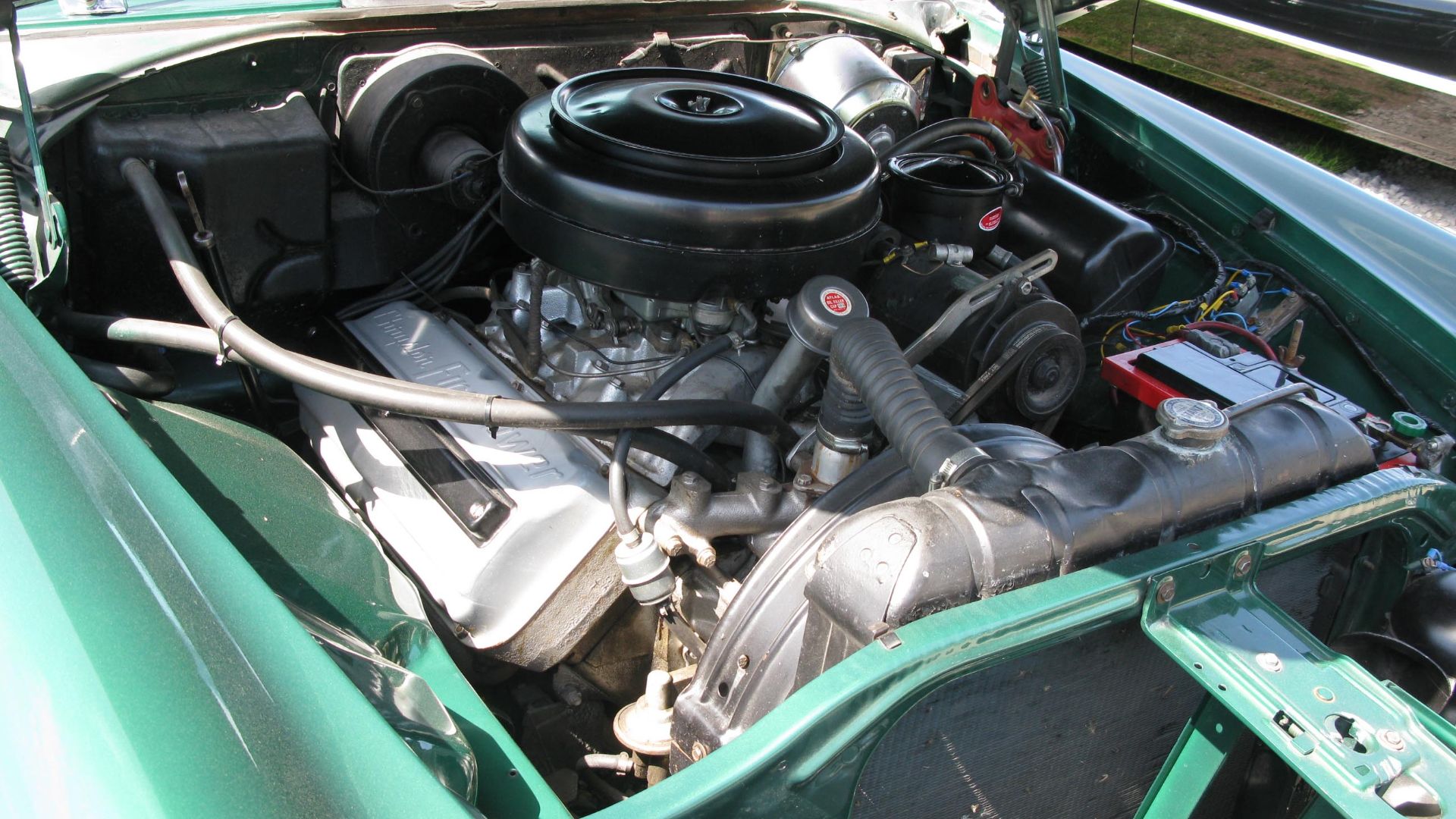 Herranderssvensson, Wikimedia Commons
Herranderssvensson, Wikimedia Commons
Chevrolet Small-Block 265
Ed Cole struck again at Chevrolet in 1955 with the 265 small-block. Compact, versatile, and endlessly modifiable, this was the V8 that powered everything from Corvettes to pickup trucks. Its descendants remain in production to this day.
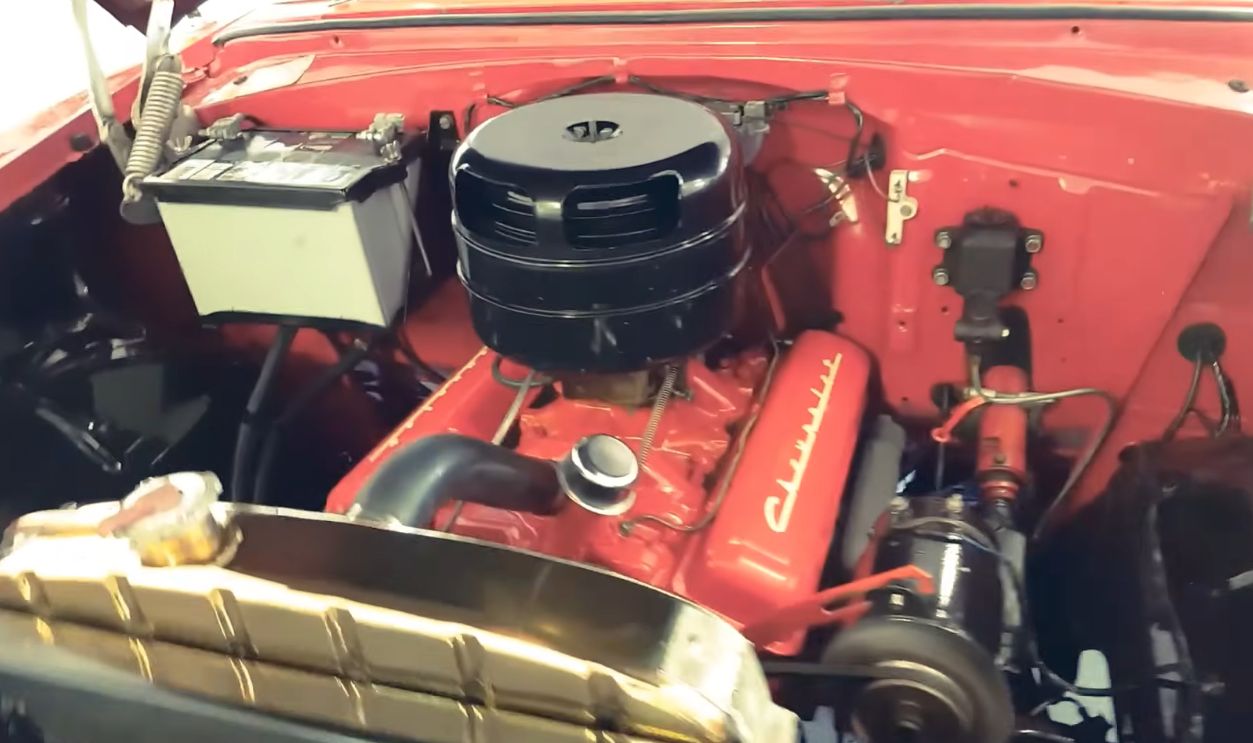 The Shocking Truth Behind the Chevrolet 265 V8 – The Engine That Launched a Legend!, Engine Legends
The Shocking Truth Behind the Chevrolet 265 V8 – The Engine That Launched a Legend!, Engine Legends
Chevrolet 427 Big-Block (L88)
The fire-breathing L88 427, used in the Corvette Stingray, was practically a race engine sold to the public. Officially underrated at 430 hp, real output was closer to 550. It made the Corvette a track terror and a street legend.
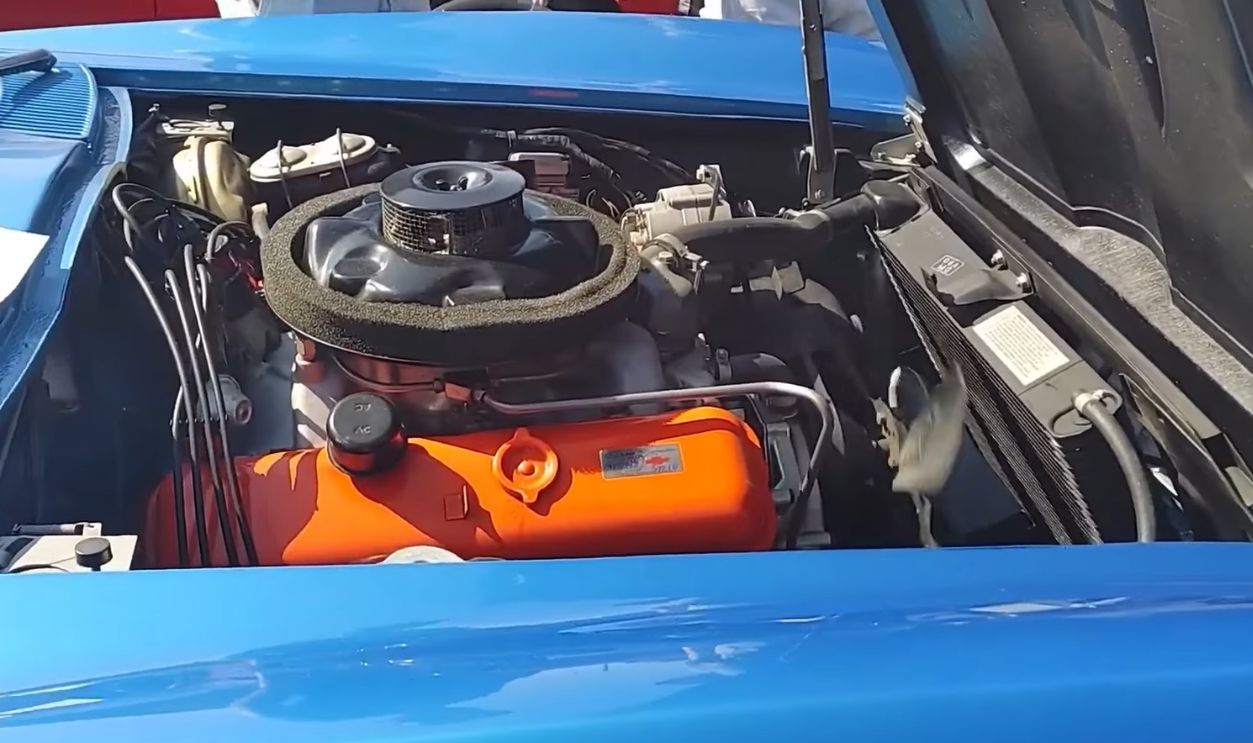 The Shocking Truth Behind Chevy 427 L88 Big Block Engine, Epic Motors
The Shocking Truth Behind Chevy 427 L88 Big Block Engine, Epic Motors
Ford 289 HiPo
The small but mighty 289 High Performance V8 powered Carroll Shelby’s original Cobras and Mustangs. Light, rev-happy, and durable, it made the Shelby GT350 a road-course hero. It showed that big performance could come from small displacement.
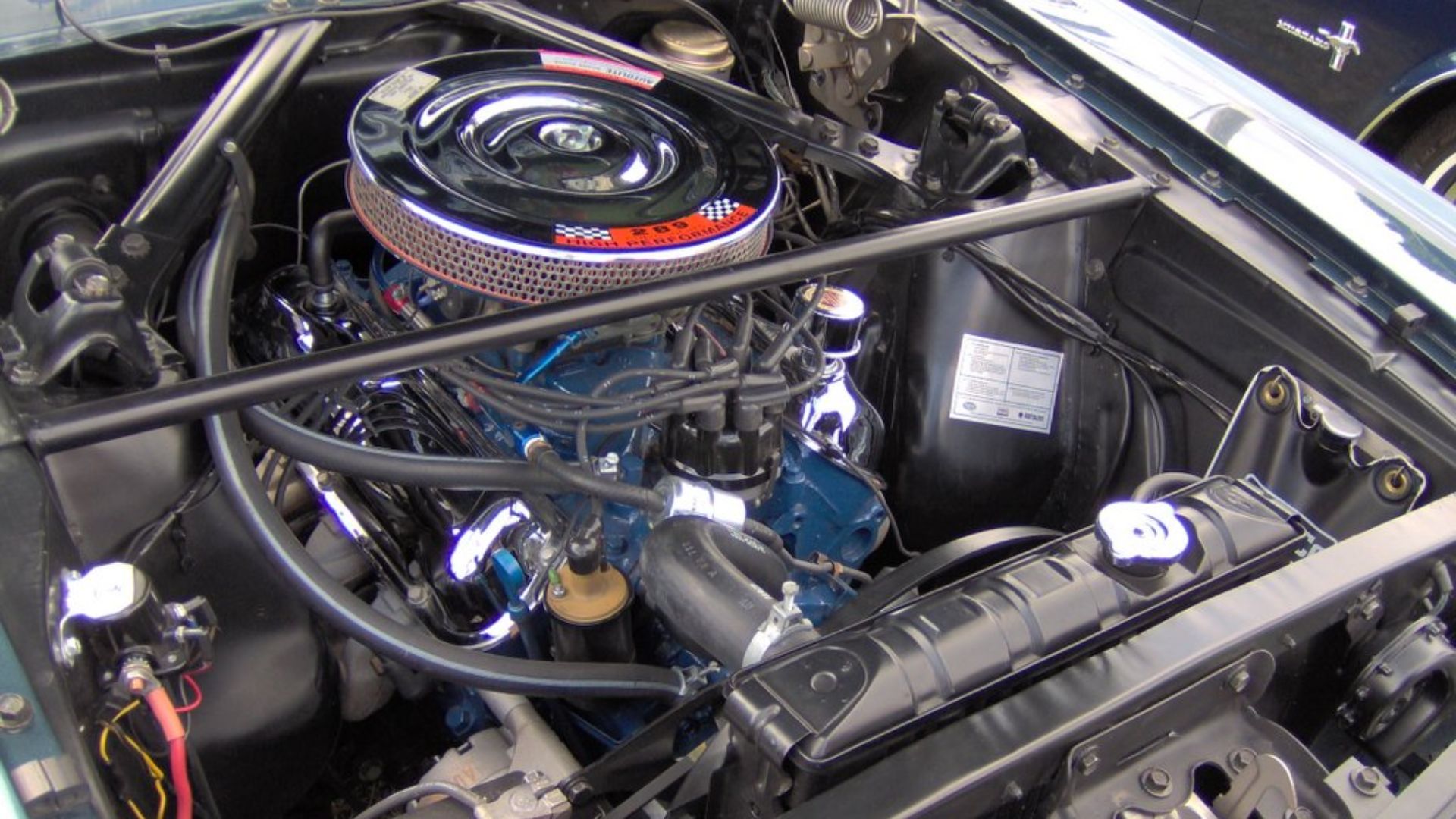 Stephen Foskett (Wikipedia User: sfoskett), Wikimedia Commons
Stephen Foskett (Wikipedia User: sfoskett), Wikimedia Commons
Ford 427 FE Side-Oiler
Built for endurance racing, the 427 FE “Side-Oiler” had improved lubrication for high-rpm punishment. It powered the Ford GT40 to its Le Mans victories in the 1960s, toppling Ferrari and cementing Ford’s dominance in motorsport history.
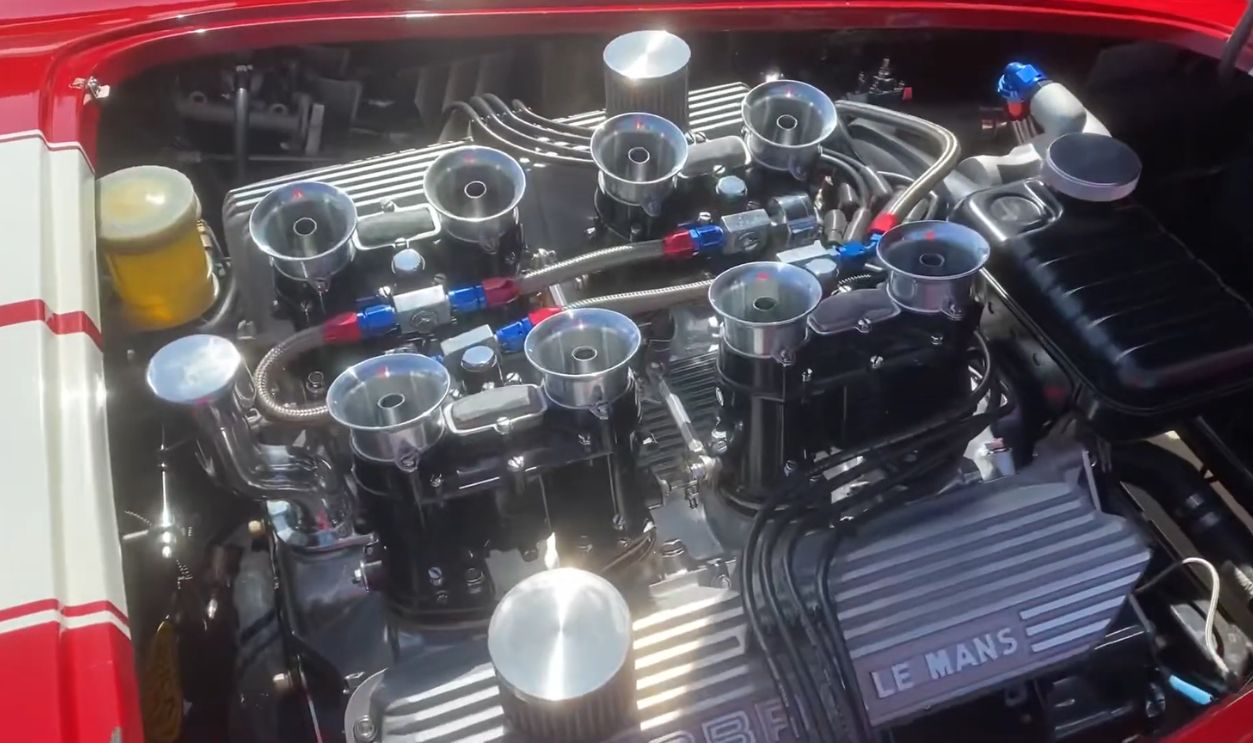 Ford 427 FE SideOiler with Webers! 8 Stack! 1966 Shelby Cobra, Contemporary CCX3127, RDY2SHO
Ford 427 FE SideOiler with Webers! 8 Stack! 1966 Shelby Cobra, Contemporary CCX3127, RDY2SHO
Dodge 426 HEMI
The “Elephant Engine” of 1964 was designed for NASCAR, producing over 425 hp on the street and far more in race trim. It powered Mopar icons like the Plymouth Superbird and Dodge Charger Daytona, becoming the most feared engine in muscle car drag racing.
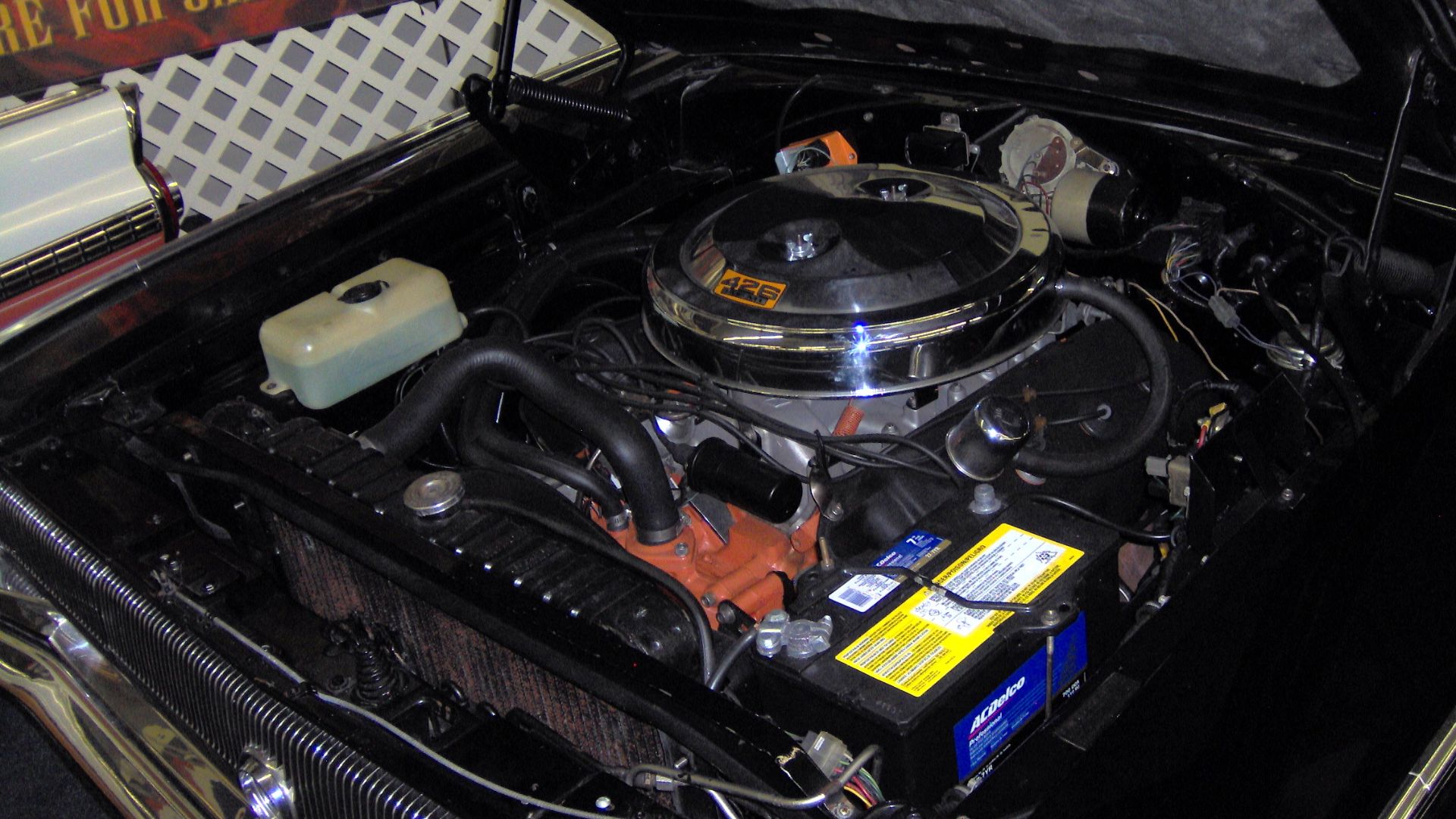 Stephen Foskett (Wikipedia User: sfoskett), Wikimedia Commons
Stephen Foskett (Wikipedia User: sfoskett), Wikimedia Commons
Pontiac 389 Tri-Power
Pontiac’s 389, especially with its triple-carburetor “Tri-Power” setup, made the 1964 GTO the first true muscle car. With explosive torque and street cred, it ignited the horsepower wars of the ’60s.
 Stephen Foskett (Wikipedia User: sfoskett), Wikimedia Commons
Stephen Foskett (Wikipedia User: sfoskett), Wikimedia Commons
Oldsmobile Rocket 88 V8
The 1949 Oldsmobile Rocket introduced high-compression overhead-valve V8 performance to the masses. The Rocket 88 coupe, light and powerful, became the first car many historians call the original muscle car.
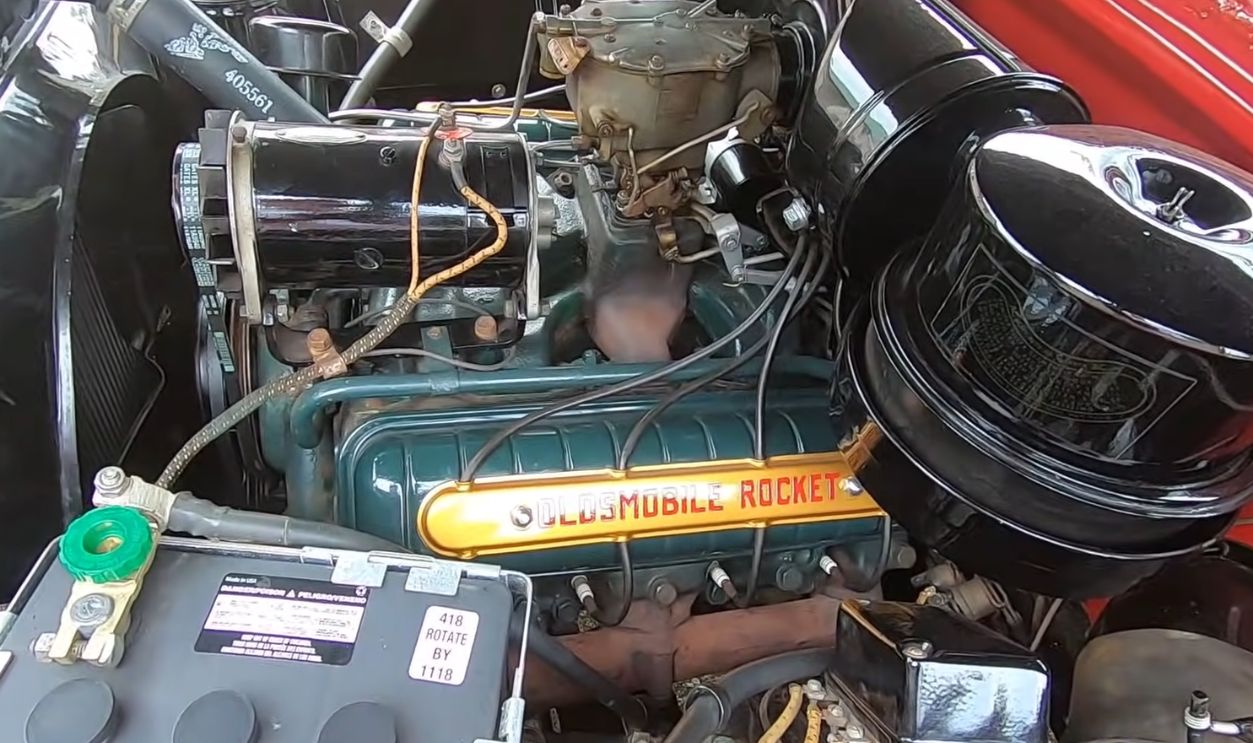 Rev up your nostalgia with this iconic 1950 Olds Rocket 88 Holiday Coupe, Two Guys and a Ride
Rev up your nostalgia with this iconic 1950 Olds Rocket 88 Holiday Coupe, Two Guys and a Ride
Buick Nailhead V8
Buick’s 1953 Nailhead V8 earned its name from small-diameter valves, but its torque output was massive. Hot rodders loved its power-to-weight ratio, and it gave the Buick Riviera and Skylark serious street performance.
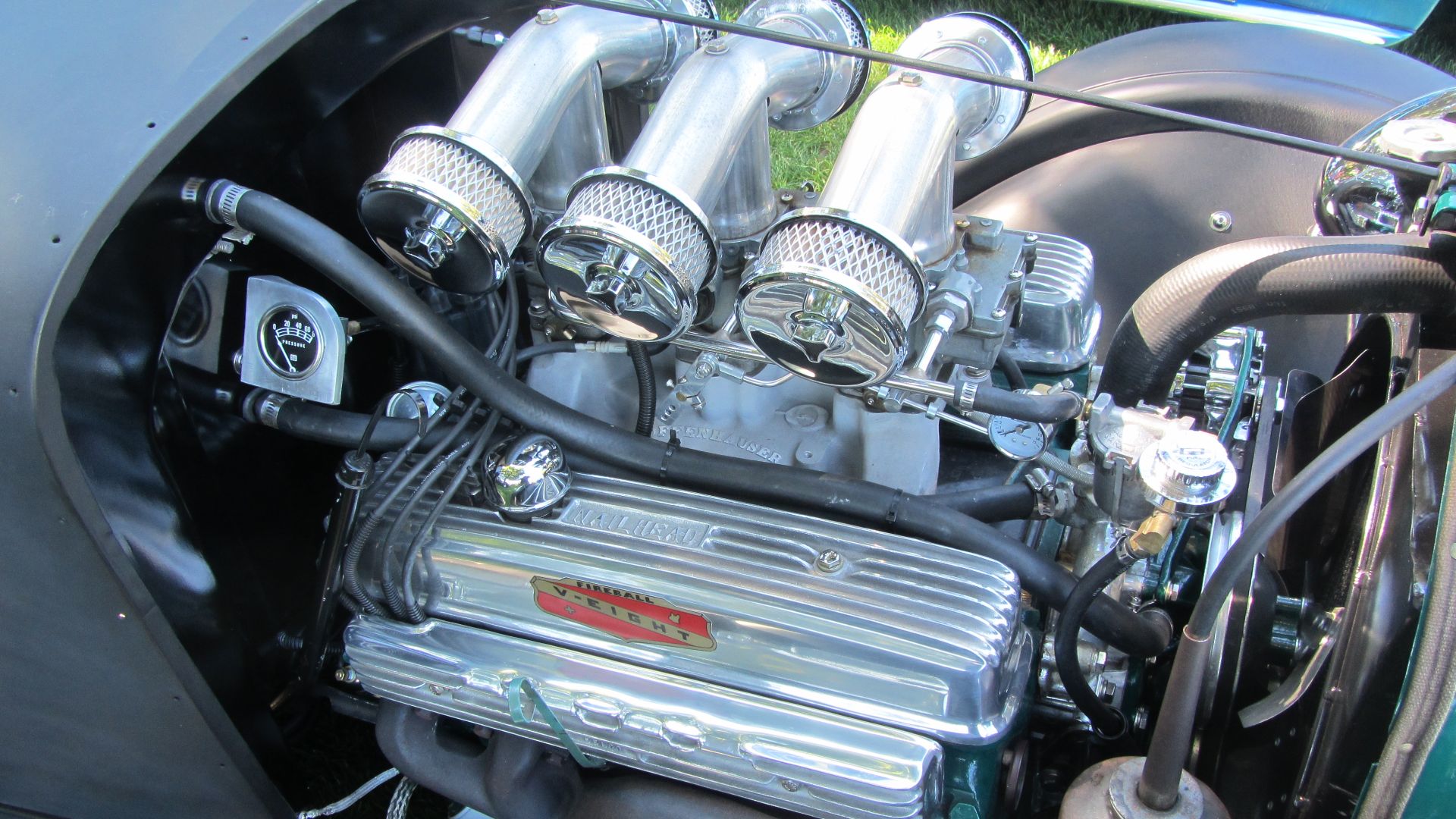 JOHN LLOYD from Concrete, Washington, United States, Wikimedia Commons
JOHN LLOYD from Concrete, Washington, United States, Wikimedia Commons
Mercedes-Benz M100 6.3
Built for the luxurious 300SEL 6.3 in 1968, the M100 was a massive, silky-smooth V8 that blended muscle car speed with German engineering. It turned a stately sedan into a 140-mph Autobahn bruiser and inspired future AMG sedans.
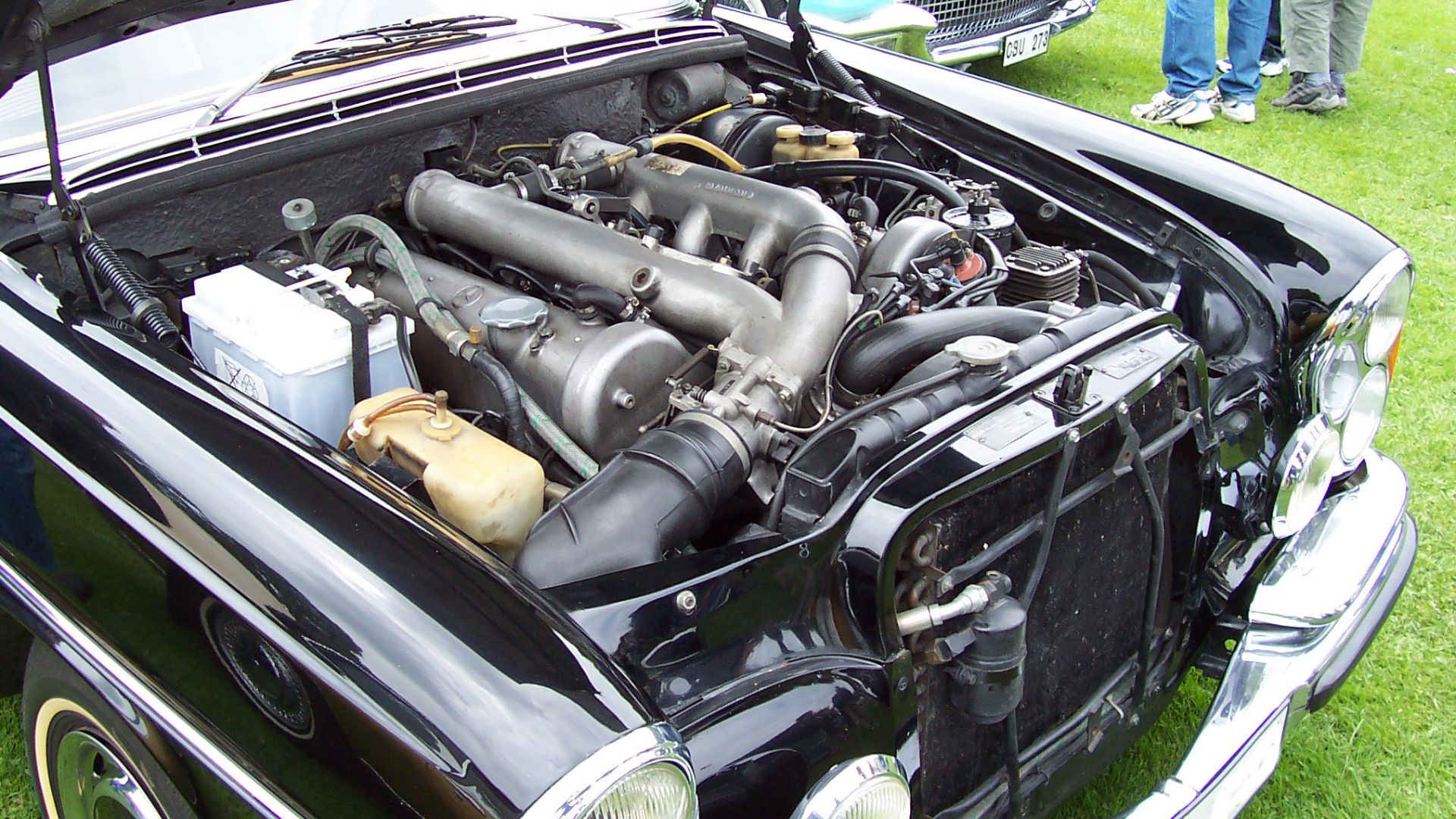 Herranderssvensson, Wikimedia Commons
Herranderssvensson, Wikimedia Commons
Ferrari Colombo V8 (Dino 308 GT4/308 GTB)
Designed by legendary engineer Gioachino Colombo, Ferrari’s small-displacement V8 in the 1970s gave enthusiasts a more “accessible” Ferrari experience. It became the brand’s bread-and-butter sports car engine for decades.
 1980 Ferrari Dino 308 GT4 Review - The Most Important Ferrari You Never Wanted, JayEmm on Cars
1980 Ferrari Dino 308 GT4 Review - The Most Important Ferrari You Never Wanted, JayEmm on Cars
Maserati 4.7L V8 (Ghibli/Indy)
Maserati’s quad-cam V8s of the late ’60s and ’70s, designed by Giulio Alfieri, blended race engineering with Italian flair. Found in cars like the Ghibli, it delivered exotic sound and high-revving sophistication.
Jaguar XK 5.3L V12’s V8 Predecessor – The Daimler 4.5L V8
Though overshadowed by Jaguar’s later V12s, Edward Turner’s 4.5L Daimler V8 was a refined, compact design used in the Daimler Majestic Major. It was Britain’s answer to smooth American-style V8 luxury.
Aston Martin Tadek Marek V8
Polish engineer Tadek Marek designed Aston Martin’s 5.3L V8 in 1969, powering cars like the V8 Vantage and Lagonda. Smooth yet powerful, it became synonymous with Bond-era Aston Martin elegance and muscle.
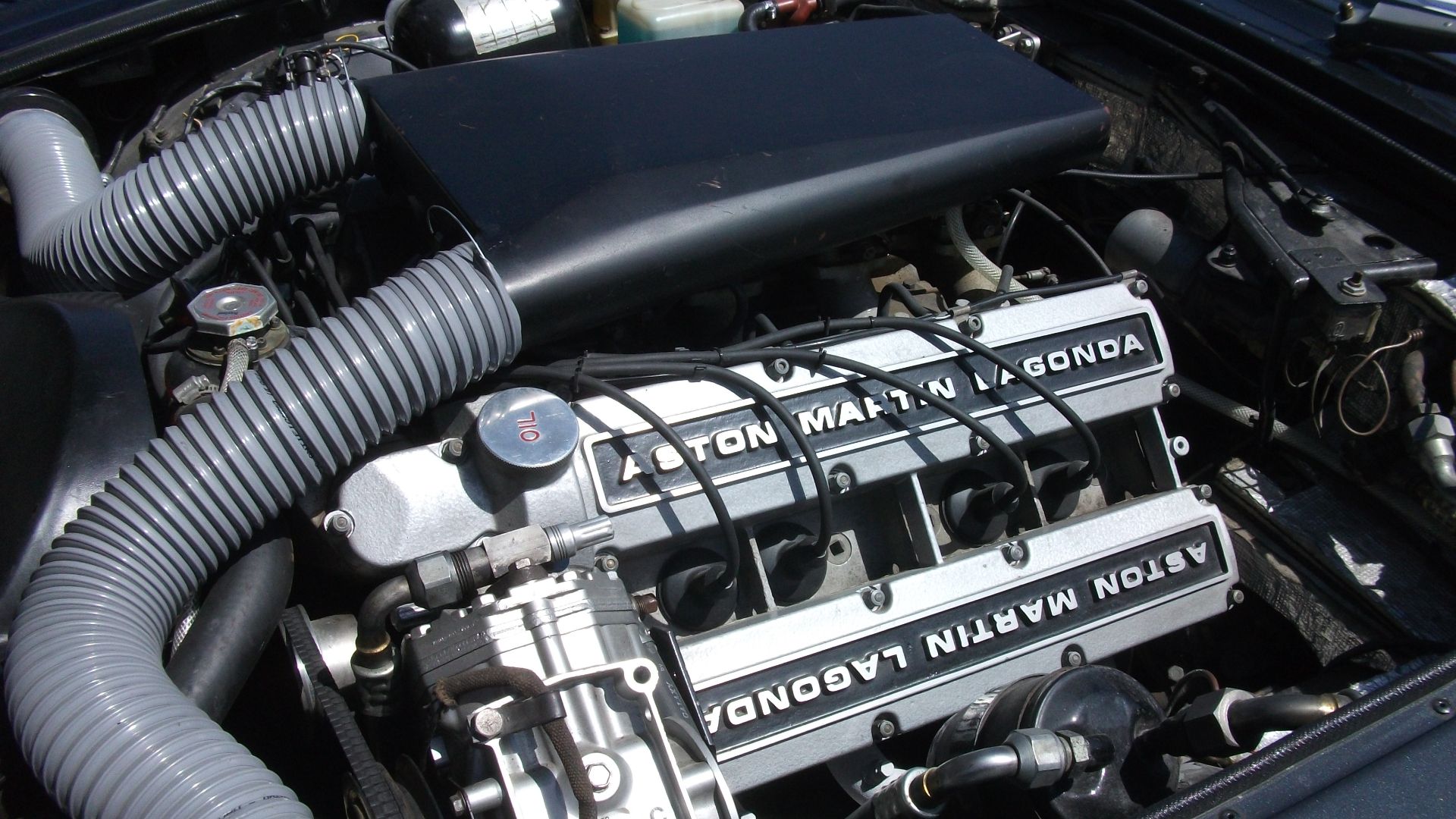 dave_7 from Lethbridge, Canada, Wikimedia Commons
dave_7 from Lethbridge, Canada, Wikimedia Commons
Lamborghini 3.9L V8 (Urraco/Silhouette/Jalpa)
Lamborghini’s lesser-known 1970s V8, designed by Gian Paolo Dallara, powered the Urraco and Jalpa. While overshadowed by the brand’s V12s, it gave Lambo enthusiasts a lighter, more playful alternative.
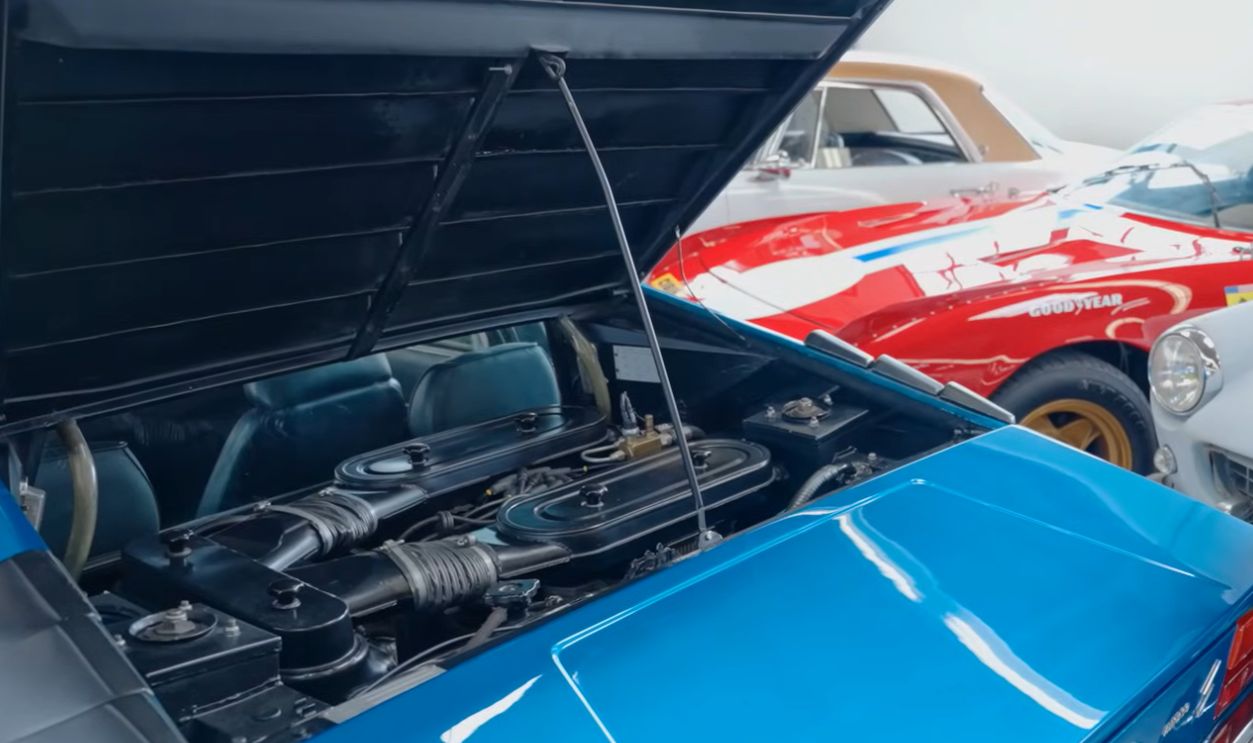 1974 Lamborghini Urraco, Ferraris Online
1974 Lamborghini Urraco, Ferraris Online
BMW M60 V8
The M60, BMW’s first modern V8 after decades of inline-sixes, debuted in the 1990s E34 540i and E32 740i. Advanced for its time with DOHC heads, it set the stage for BMW’s M-derived V8s of the 2000s.
Toyota 1UZ-FE V8
A Japanese engineering marvel, the 1UZ-FE debuted in the 1989 Lexus LS400. Oversquare, bulletproof, and smooth, it was designed with aerospace-level precision. Hot rodders discovered it could take enormous boost, making it a legend.

